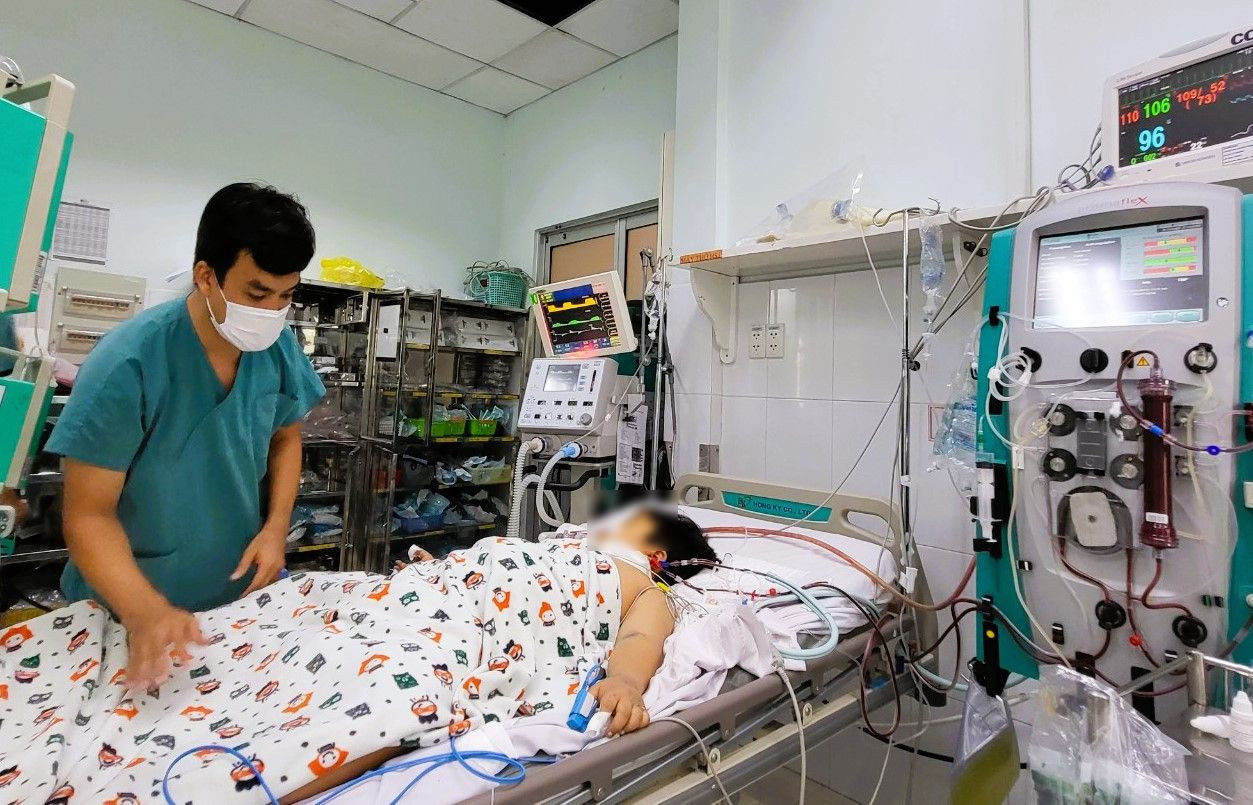
According to the capital’s Center for Disease Control and Prevention (CDC), most cases have been detected in districts of Nam Tu Liem, and Dong Da, and in outlying districts of Dan Phuong, Thanh Oai and Phu Xuyen.
Since the beginning of this year, Hanoi has recorded a total of 8,199 dengue infections, triple compared to the same period last year. Among the infections were five deaths.
Currently, there are 156 active hotspots across 25 districts in the capital.
Health experts say the dengue epidemic typically occurs every four to five years, and the number of cases is poised to continue rising over the coming weeks as it is the rainy season in the north. The peak season of dengue fever is predicted to fall in November and December.
As part of efforts to cope with the epidemic, the Hanoi administration requested the municipal Health Department be ready to promptly respond to developments occurring in the city.
Campaigns to boost environmental sanitation and kill larvae in high-risk areas have been swiftly implemented, while the dissemination of information on ways to prevent dengue fever has been promoted in residential areas across the city.
CDC Hanoi has also ordered local schools to make epidemic prevention plans, with a specific focus on high-risk diseases such as dengue fever, COVID-19, and influenza.
To prevent the further spread of dengue fever, the Ministry of Health has also urged people to spend 10 minutes a week killing larvae and taking preventive measures such as regularly washing water tanks and other water containers.
People must sleep under mosquito nets even during the daytime, wear long-sleeved clothes, use mosquito spray, and mosquito repellent creams in order to kill mosquitoes and prevent bites.
In particular, people should not arbitrarily treat dengue fever at home.
Source: VOV